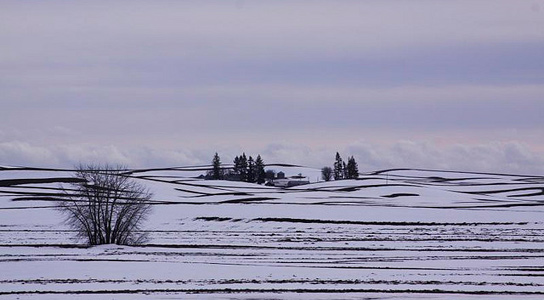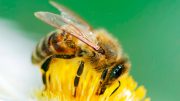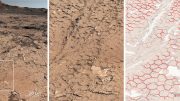
Dryland farming involves rotating crops every two years, leaving half of the fields fallow at any given time. This method helps crops cope with low moisture conditions and preserves soil moisture through no-tillage methods. Credit: Flickr/joshuasmith
A new generation of extremely efficient farmers sees irrigation as a non-viable alternative. These farmers use dryland farming, which has helped farmers to get through the drought and allow their crops to better handle low moisture conditions.
In dryland farming, crops are rotated every two years, leaving half of the fields fallow at any given time. This yields less bushels per acre, but the no-tillage methods preserve moisture and soil.
Many states are seeing aquifer depletion, and farmers will have to switch to dryland agriculture in order to survive. Cotton farmers in Texas are already switching to dryland cropping, which would cut their yields in half, from 600 pounds (272 kilograms) to 300 pounds (136 kilograms) per acre.
Dryland farmers save money on irrigation, but other costs remain about the same, even as yields drop. This implies that farmers making the switch will generate less income. There are already 12 million acres (49,000 square kilometers) under dryland cultivation in the USA, and this number is set to rise.
Farmers are going back to crops like sorghum and wheat, which are more suited to a semi-arid environment. Arizona has been in a drought since the mid-1990s, yet farmers continue to produce some of the country’s highest-yielding cotton by flooding their fields with water from huge local reservoirs.
Potentially, it could become too dry for some Washington state farmers to grow anything, states Bill Schillinger, director of Washington State University’s dryland research station in Lind, Washington.
The economic costs of switching could be considerable. Crop insurance should cover the bulk of the losses from this year’s drought, which may be as high as $12 billion, but drought-driven impacts will continue to shave the nation’s gross domestic product and drop the growth rate of the key economic indicator.









Be the first to comment on "Dryland Farmers Work With Little Water"